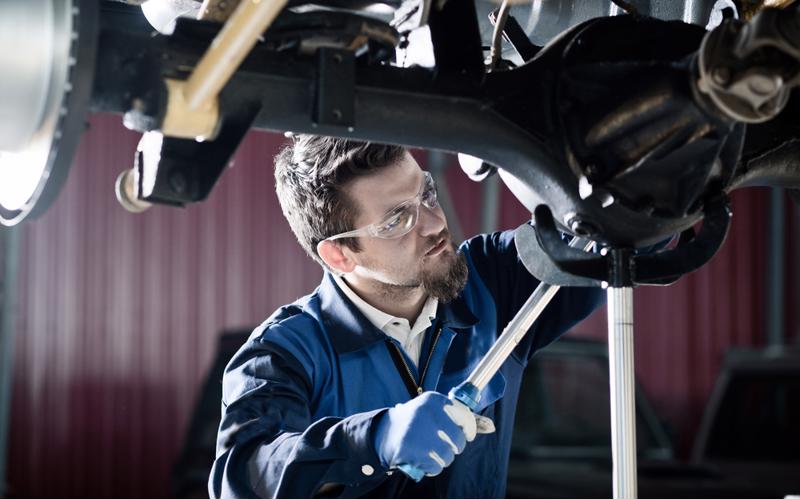

Few components of a vehicle are as ubiquitously essential as the brake. From 150cc scooters to multi-ton tractor-trailers, from bicycles to airplanes, the brake comes in a variety of forms and implementations. At its simplest, every brake will consist of the rotor, a metal disc that is affixed to the rotating wheel, and the arresting mechanism, most commonly a brake pad, that applies friction to the rotor. A good brake is most importantly reliable and consistent, whatever form it takes.

The most familiar form of braking system is the most simple, the friction brake. Most auto owners are familiar with the disc brake, a common implementation of the friction brake. In this type of brake, a high-friction pad composed of durable material is pressed against the metal rotor attached to the wheel. Long haul drivers will be more familiar with the drum brake, which instead applies the friction pad outward to the inside of a rotating drum rather than a disc.
In either case, the mechanism of energy conversion is the same: friction converts the rotational inertia of the wheel into heat, and this reduction of inertia reduces the momentum of the vehicle. The heat is dispersed passively into the air in most applications, to varying degrees of effectiveness and durability.
For classic friction brakes, the heat generated from the conversion of angular momentum by friction is both unwanted and wasted. In the pursuit of an ever more sustainable industry, and more efficient and less wasteful vehicles, engineers have searched for alternative methods.
This led to the introduction of regenerative brakes. Most commonly used in electric or hybrid vehicles, regenerative brakes take advantage of different means of thermodynamics conversion to convert the kinetic energy of the wheel into potential energy. An accessible implementation is the electromagnetic regenerative brake type used in golf carts and now Teslas; it is able to store the energy as current, redirecting it back into the battery for future use.
Greening Associates is an industry leader in performance braking. With years of experience in providing comprehensive customer care for all kinds of vehicle applications, Greening Associates is your go-to for industrial and commercial brake testing. Contact us for a complimentary brake testing consultation to ensure brake systems are always in optimal working order for the safest performance.